

DOTS
By
Dr.Raad Al.samarraee

DOTS
(Directly Observed Treatment ,Short course)
It is the most effective strategy available for
controlling T.B epidemic today.

TUBERCULOSIS
2 main types :
I.Pulmonary TB:
TB affects the lung and we have 3 types:
1. S.S + ve
2. S.S -ve
3. N.D

II.Extrapulmonary TB:
TB can be found in many places of the body,
including:
1.L.N
2.Eye
3.Skin
4.Pleura
5.Bone
6.Others
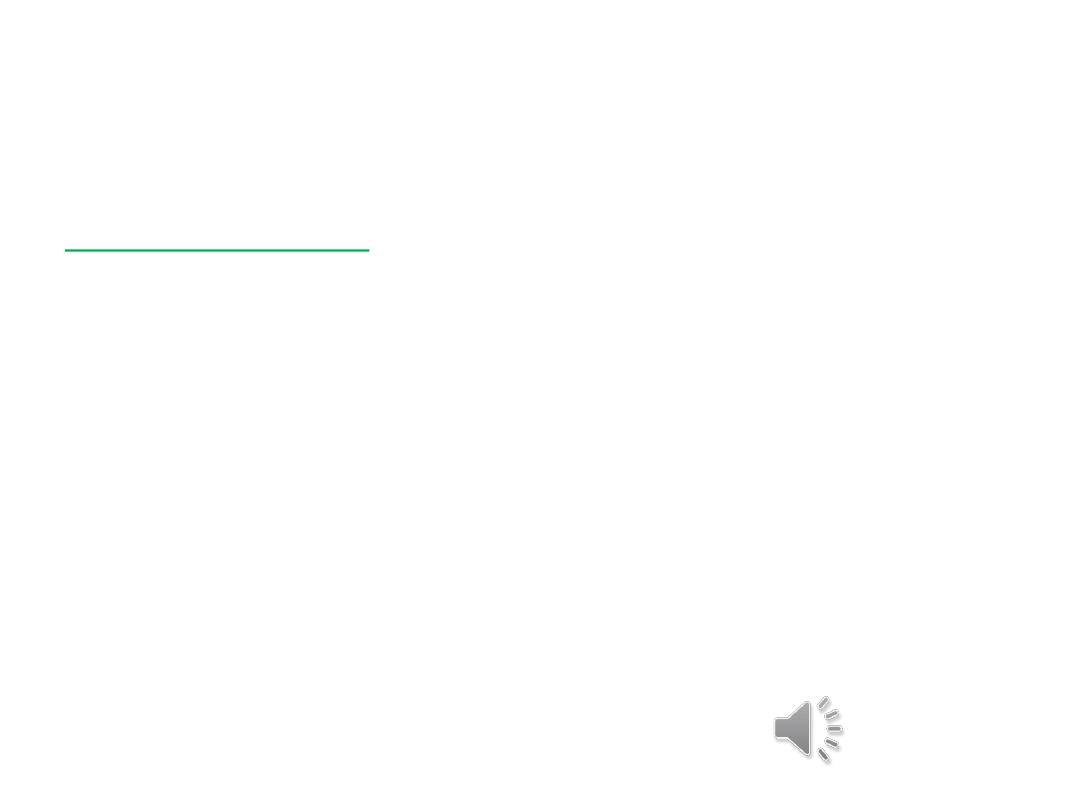
Categorization of pts
CATEGORY – I :
Either:
1. New case,
Or
2. Return of pt with same signs and symptoms
after completion of treatment of pt with
category – II.

CATEGORY – II
:
Either
:
1. Relapse;
Return of signs and symptoms after
completion of treatment period of pt with
category – I
,
2. Treatment interruption
for a period of 2
months or more during the period of
treatment
,
or
3.
Treatment failure.
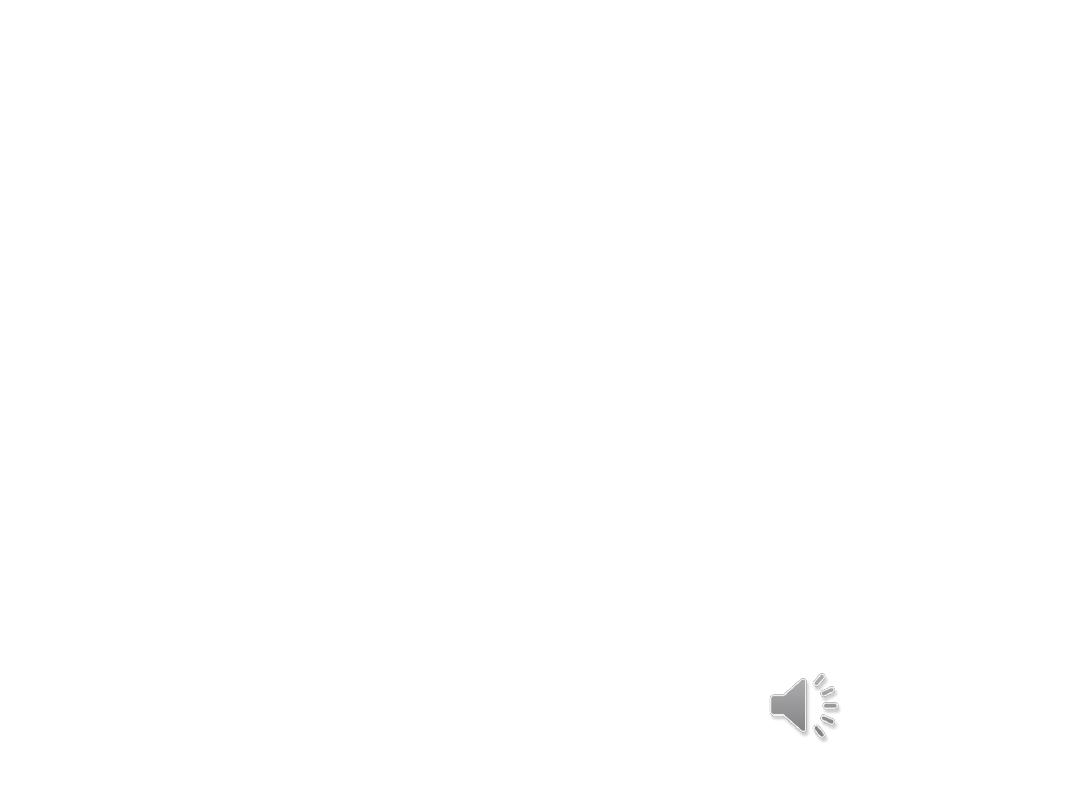
DOTS have 5 key components :
1.Goverment commitments
to sustained TB control activities
,
2.case detection by sputum smear microscopy
among symptomatic
pts self reporting to health services,
3.standarized treatment regimen of 6 to 8 months
for at least all
confirmed sputum smear +ve pts ,with directly observed treatment
(DOT) for at least the initial 2 months.
4.
A regular uninterrupted
supply of all essential TB drugs
5. Standarized recording and reporting system
that allow
assessment of treatment results for each patient and of the TB
control program.
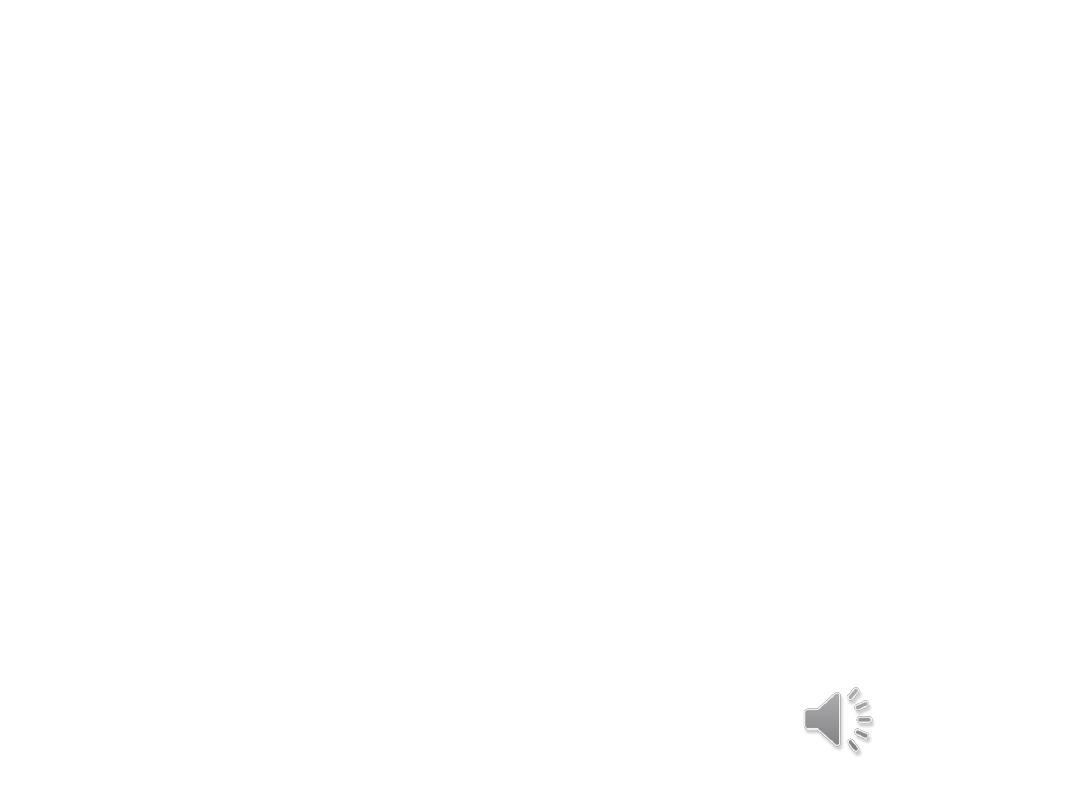
How a Non-DOTS approach differs from DOTS ?
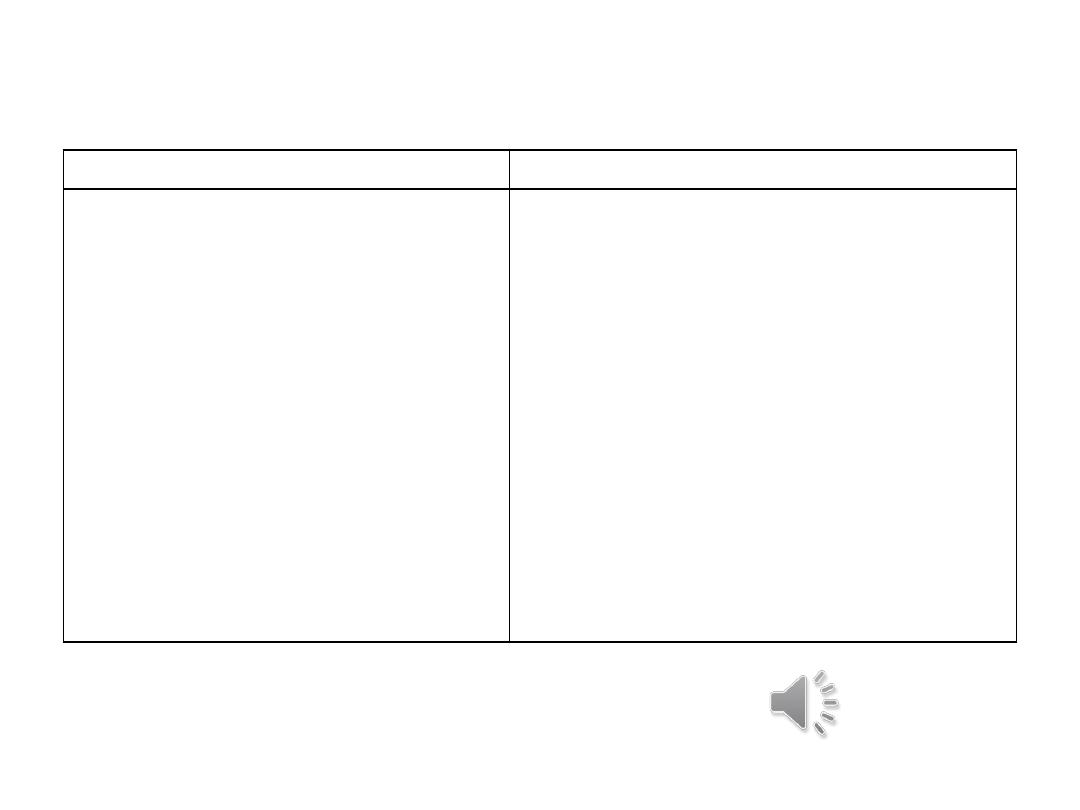
NON- DOTS
DOTS
■ Depends on unreliable ,
often expensive methods:
- excessive use of X-ray
- often ill- defined
symptomatic- based Dx
■ Symptomatic case detection
among T.B suspects , in order
to identify the infectious cases
, usually absent
■ Depends on simple cost effective
and reliable method:
-three sputum examinations for
all infectious cases
-limited use of x-ray for specific
cases
-tightly defined symptomatic Dx
as a supplemental diagnosis of
some cases.
I.CASE FINDING AND DIAGNOSIS
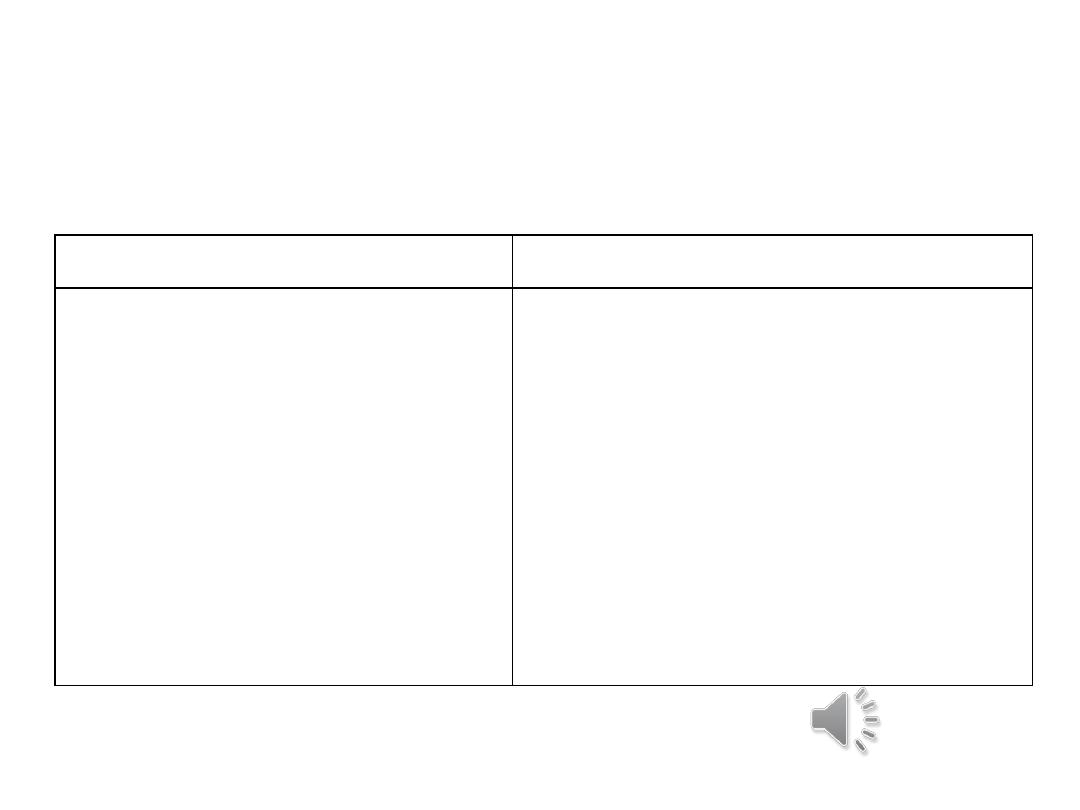
NON- DOTS
DOTS
■ Often weak. As a result , the
following are
not
well
determined:
-that a pt does have TB
-type and degree of TB
-infectiousness
- treatment category
■ Strong, ensuring the following are
determined:
-type(pulmonary\extrapulmonary)
-SS + or SS –
-treatment category:
□new
□retreatment (relapse, failure,
treatment interruption,
chronic)
II. PATIENT CATEGORIZATION FOR TREATMENT
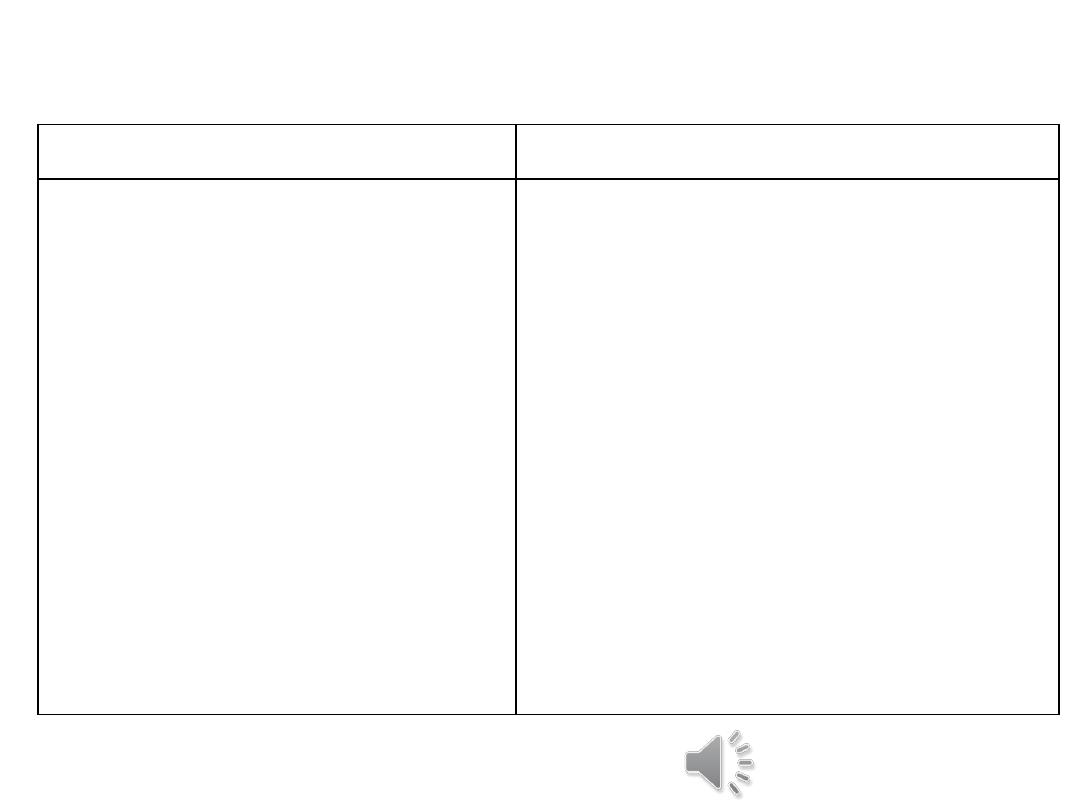
NON- DOTS
DOTS
■ Indivisualized, often
inappropriate or inadequate
regimens for each pt.
-
no directly observed treatment
and little patient counseling.
-
often centralized ,specialized TB
services to which pts have
limited access
-no fexibility
■ Standarized , Proven regimens for
each case type :
- directly observed treatment by a
suitable trained person; pt education\
counseling
-health worker can administer
treatment 1 ̸ wk ,trained volunteer on
the other days
-treatment can be given at pt home
or community centre
III.TREATMENT
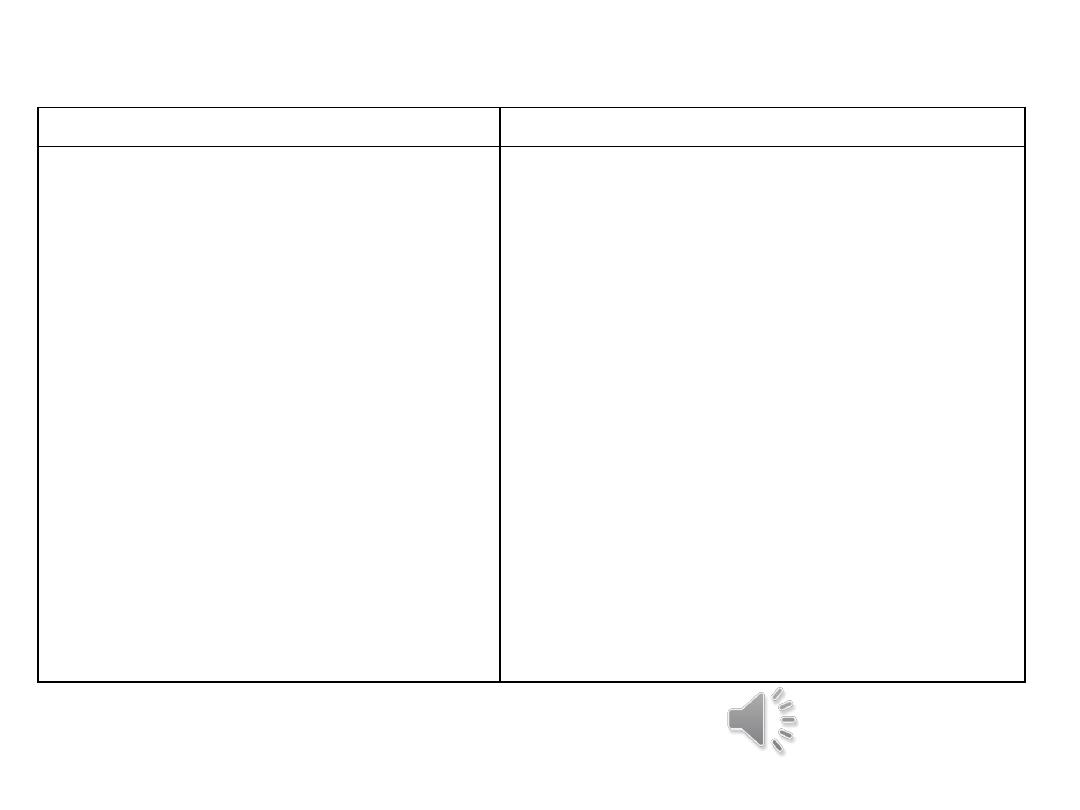
NON- DOTS
DOTS
■Either not done at all , or is
unsystematic
-often X-ray based , which
adds to expense
-Main indicator is pt
adherence (collection of
drugs)
-often no record of pt's
Whereabouts; follow- up
contact impossible.
■ Systematic in content at fixed
times
- based on inexpensive sputum
smear microscopy
-main indicator is pt outcome
(cure, completion of treatment)
-location of pt is kept in the
register
which
allows
health
worker
to follow up if
pt misses
treatment
IV. TREATMENT FOLLOW UP

NON- DOTS
DOTS
■Low treatment success in
most cases
-unreliable outcome
information
-increasing no. of chronic ,
uncured cases.
-increased infection
-increasd drug resistant cases
■High sputum smear conversion
rate at the end of initial phase
-high cure rates
- decreased prevalence of chronic
Cases
-decreased transmission of
infection
-prevention of drug resistance
V.RESULTS
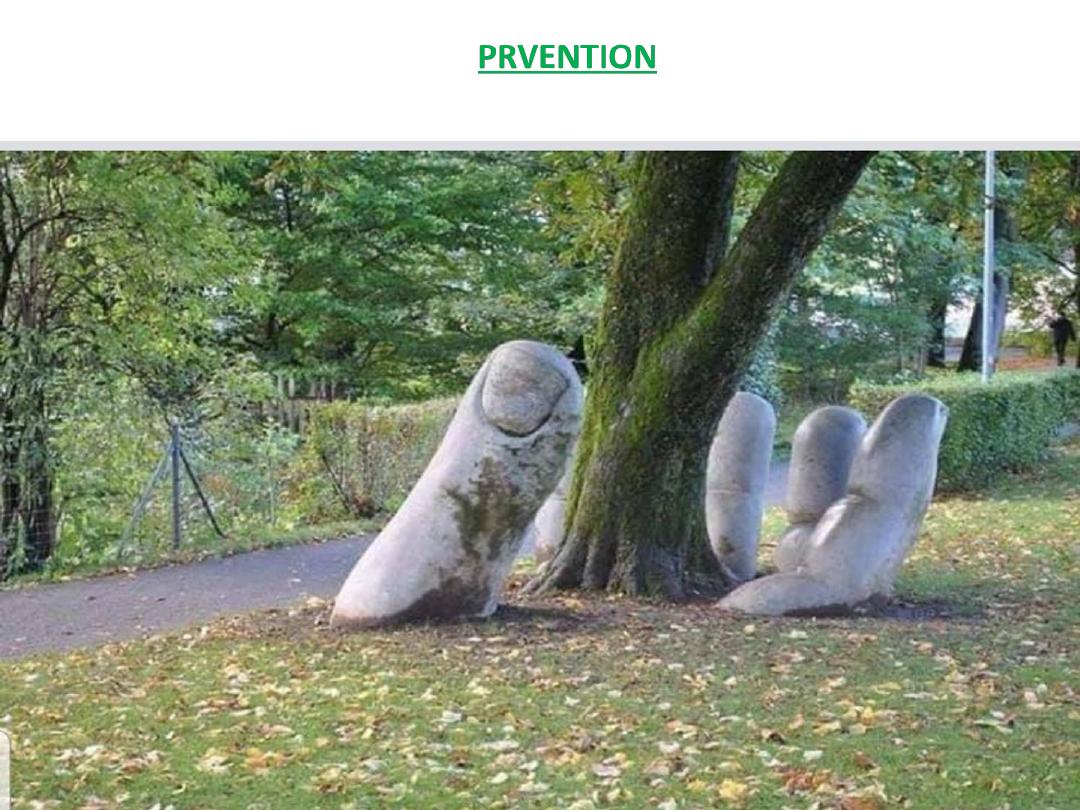

PRVENTION
1. VACCINES
The BCG vaccine gives protection against
TB
infection. It is 70-
80% effective against the most severe forms of TB, such as TB
meningitis.
The BCG vaccine contains live bacteria that have been weakened
(attenuated), so that they stimulate the immune system but do not
cause disease in healthy people. However the vaccine should not be
given to people who are clinically immunosuppressed (either due to
drug treatment or underlying illness). This is because the vaccine
strain could replicate too much and cause a serious infection. This
includes
babies
whose
mothers
have
had
immunosuppressive
treatment while they were pregnant or breastfeeding.
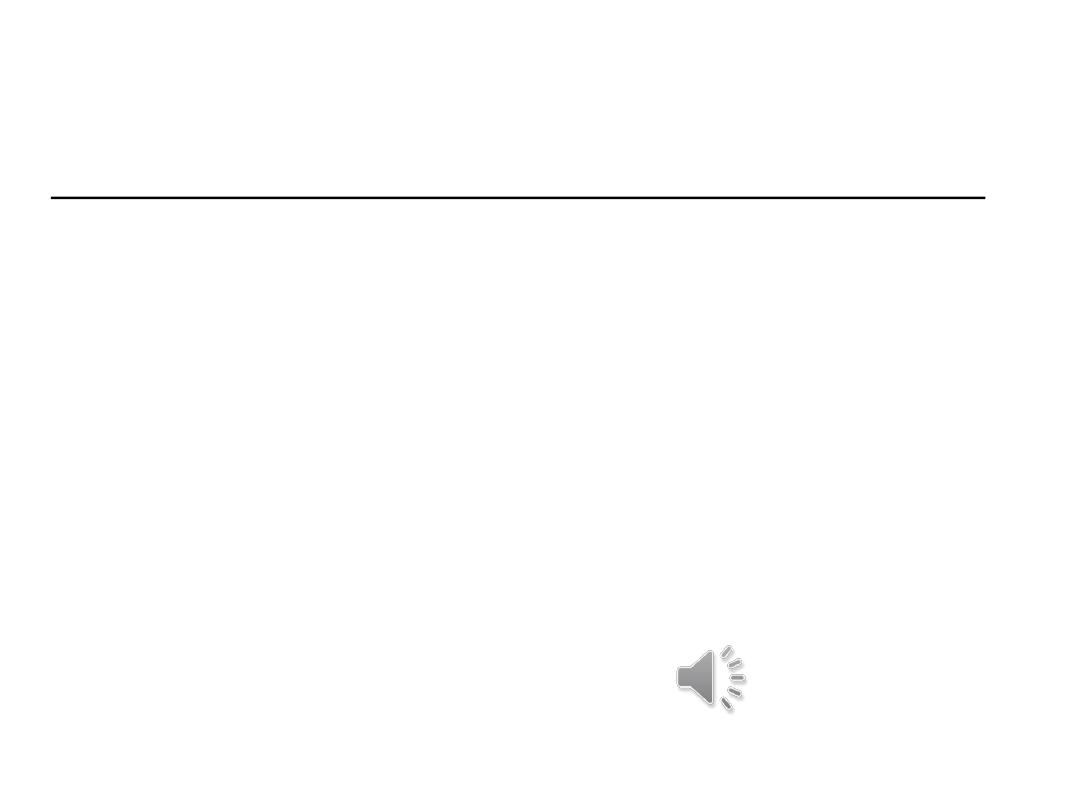
2. PREVENTIVE THERAPY (INH) IN HIV- INFECTED INDIVIDUALS:
Preventive therapy against TB involves giving the
anti-TB drug isoniazid (INH) to individuals with
HIV infection in order to prevent the progression
to disease.
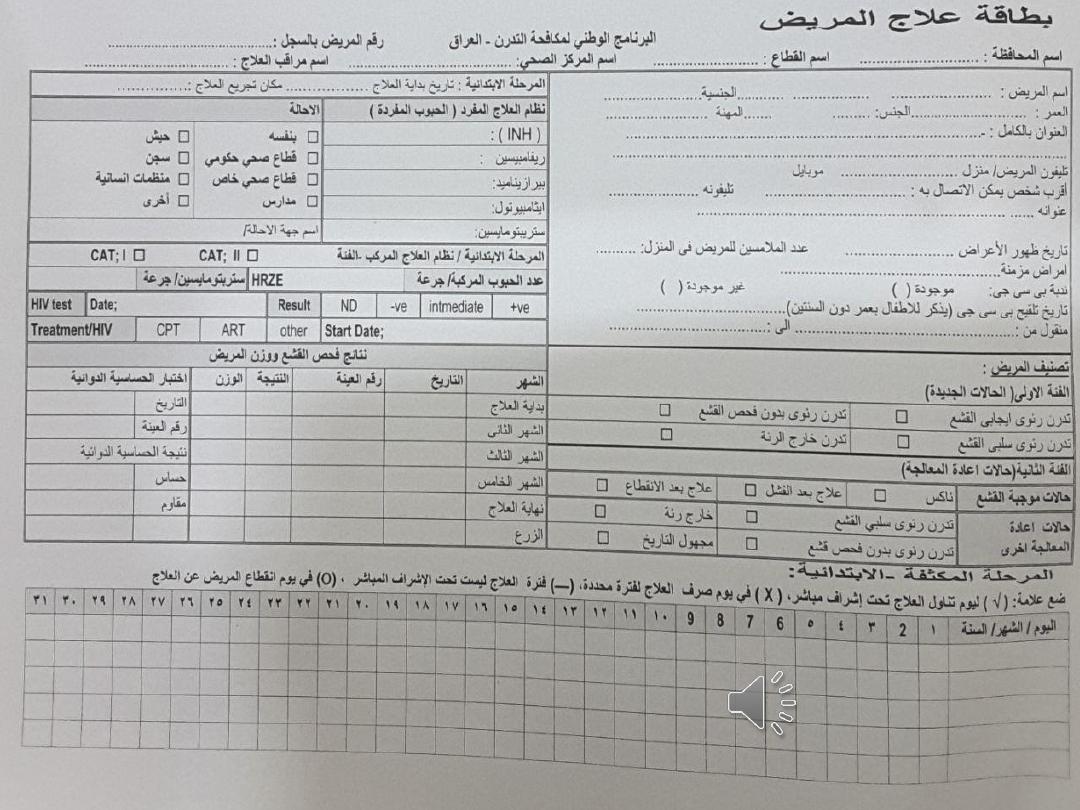
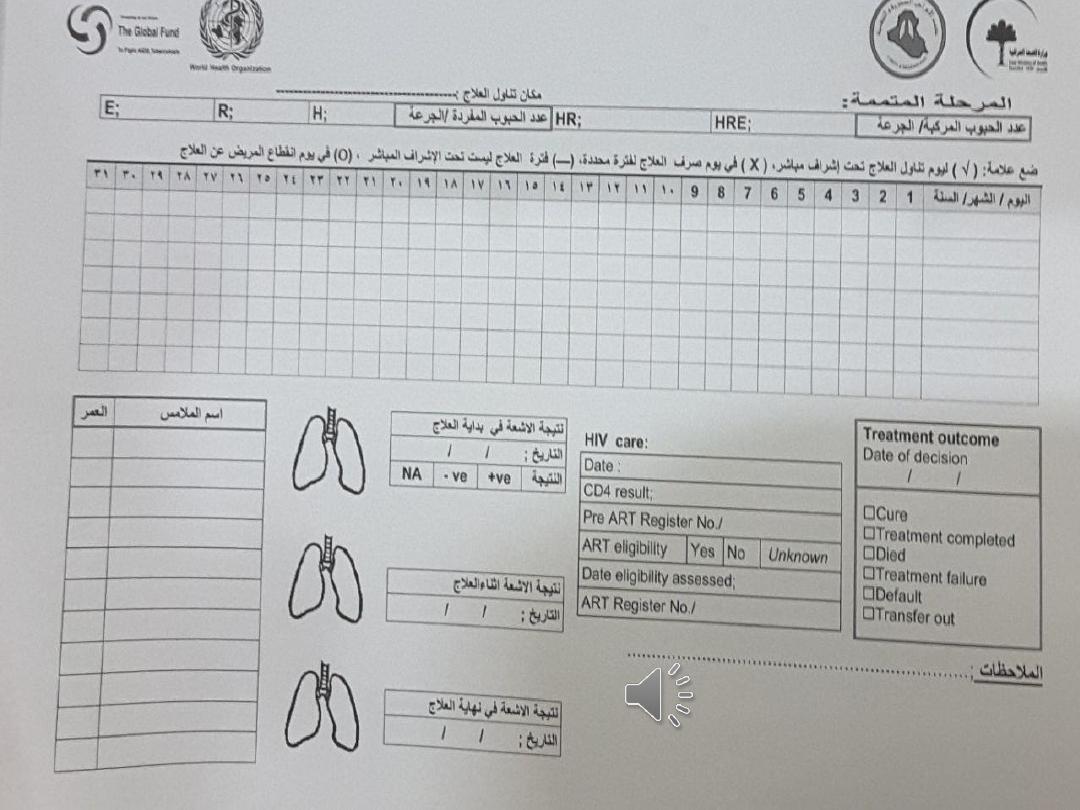

THANK YOU
